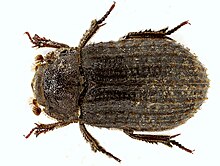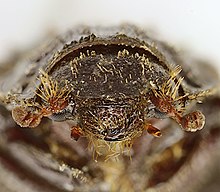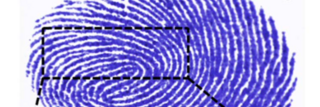
Forensic entomology is a branch of forensic science that uses insects found on corpses to help solve criminal cases. This includes studying the types of insects commonly found on cadavers, their life cycles, their presence in different environments, and how insect assemblages change with decomposition.
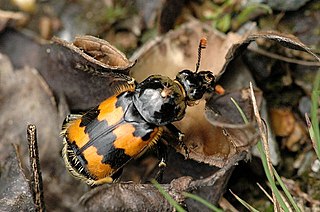
Silphidae is a family of beetles that are known commonly as large carrion beetles, carrion beetles or burying beetles. There are two subfamilies: Silphinae and Nicrophorinae. Members of Nicrophorinae are sometimes known as burying beetles or sexton beetles. The number of species is relatively small, at around two hundred. They are more diverse in the temperate region although a few tropical endemics are known. Both subfamilies feed on decaying organic matter such as dead animals. The subfamilies differ in which uses parental care and which types of carcasses they prefer. Silphidae are considered to be of importance to forensic entomologists because when they are found on a decaying body they are used to help estimate a post-mortem interval.
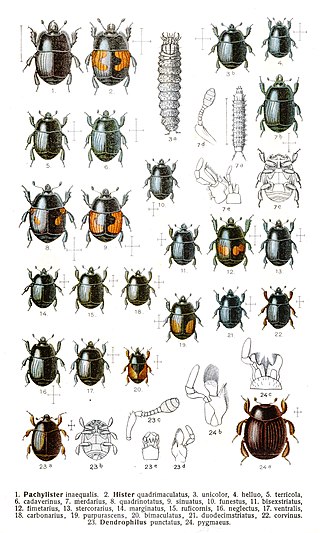
Histeridae is a family of beetles commonly known as clown beetles or hister beetles. This very diverse group of beetles contains 3,900 species found worldwide. They can be easily identified by their shortened elytra that leaves two of the seven tergites exposed, and their geniculate (elbowed) antennae with clubbed ends. These predatory feeders are most active at night and will fake death if they feel threatened. This family of beetles will occupy almost any kind of niche throughout the world. Hister beetles have proved useful during forensic investigations to help in time of death estimation. Also, certain species are used in the control of livestock pests that infest dung and to control houseflies. Because they are predacious and will even eat other hister beetles, they must be isolated when collected.

Dermestidae are a family of Coleoptera that are commonly referred to as skin beetles. Other common names include larder beetle, hide or leather beetles, carpet beetles, and khapra beetles. There are over 1,800 species described.

Cleridae are a family of beetles of the superfamily Cleroidea. They are commonly known as checkered beetles. The family Cleridae has a worldwide distribution, and a variety of habitats and feeding preferences.
Troginae is a subfamily of beetles in the family Trogidae which includes extant species and extinct beetle species from the Lower Cretaceous. The subfamily contains the following genera:

Trox is a genus of hide beetle in the subfamily Troginae.
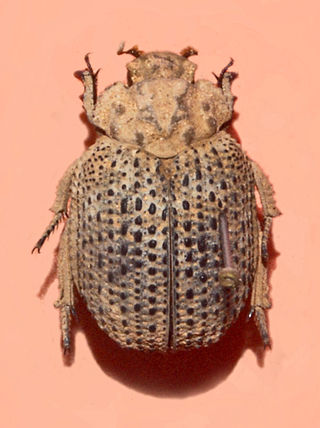
Omorgus suberosus, common name hide beetle, is a beetle of the family Trogidae.
Omorginae is a subfamily of beetles in the family Trogidae which includes extant species and extinct beetle species from the Lower Cretaceous. The subfamily contains the following genera:
Glyptotrox brahminus is a species of hide beetle in the subfamily Troginae.
Glyptotrox dhaulagiri is a species of hide beetle in the subfamily Troginae.
Glyptotrox doiinthanonensis is a species of hide beetle in the subfamily Troginae.
Glyptotrox kerleyi is a species of hide beetle in the subfamily Troginae.
Glyptotrox kiuchii is a species of hide beetle in the subfamily Troginae.
Glyptotrox mutsuensis is a species of hide beetle in the subfamily Troginae.
Glyptotrox simi is a species of hide beetle in the subfamily Troginae.
Glyptotrox vimmeri is a species of hide beetle in the subfamily Troginae.
Glyptotrox poringensis is a species of hide beetle in the subfamily Troginae.
Glyptotrox yangi is a species of hide beetle in the subfamily Troginae.
Phoberus fumarius is a species of hide beetle in the subfamily Troginae discovered by Erwin Haaf in 1953.
